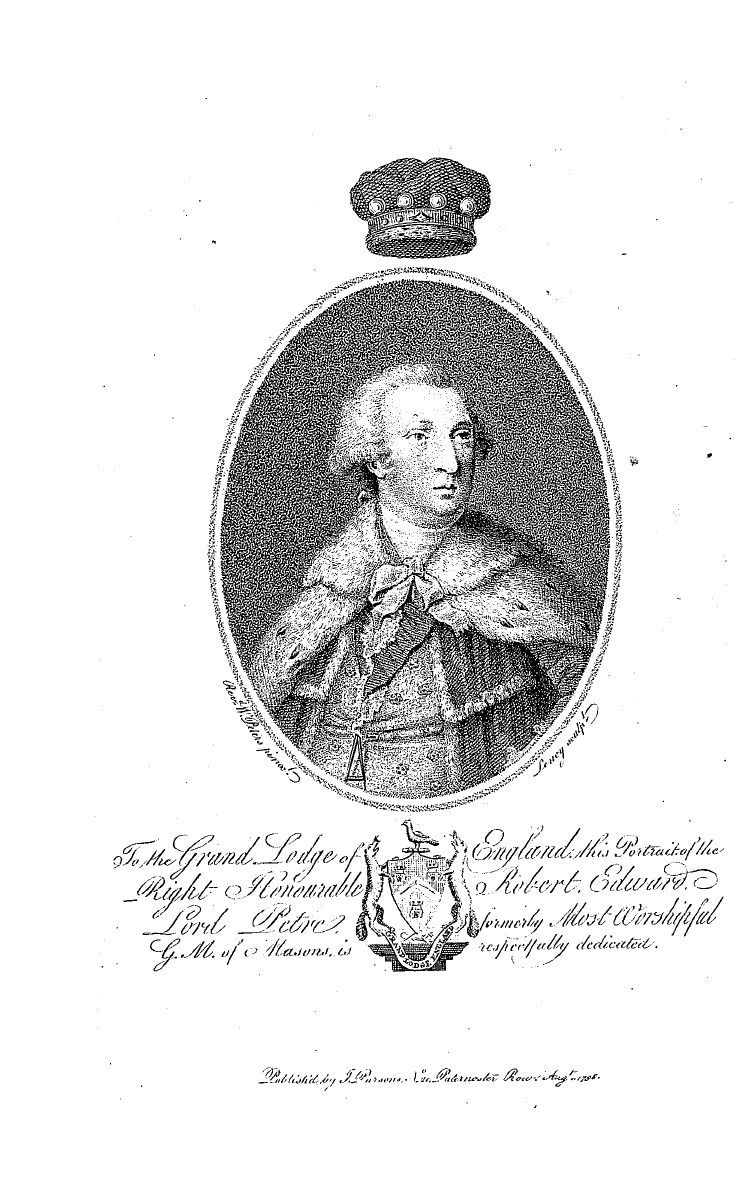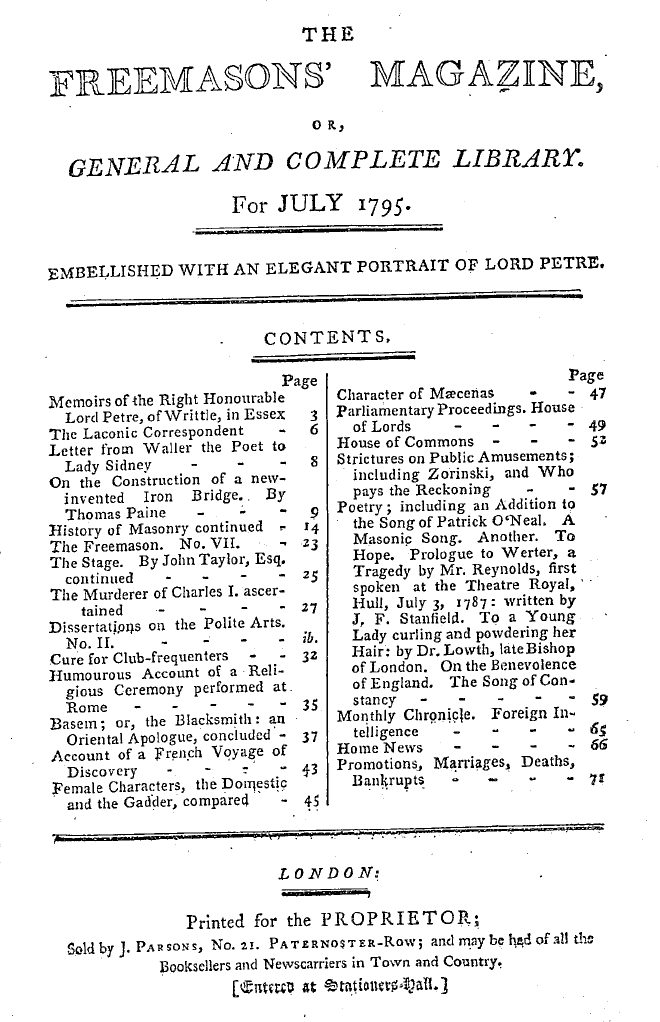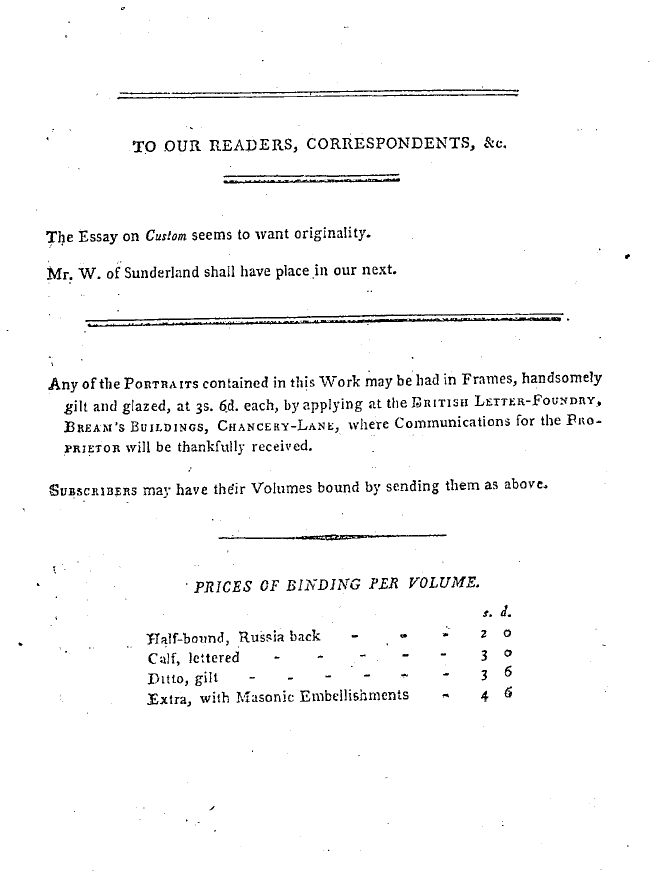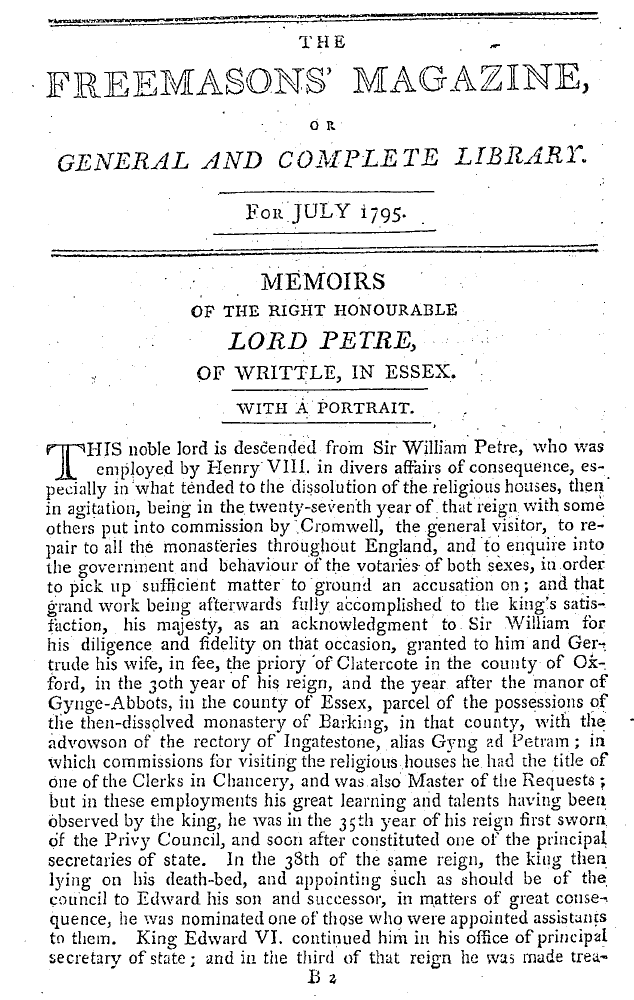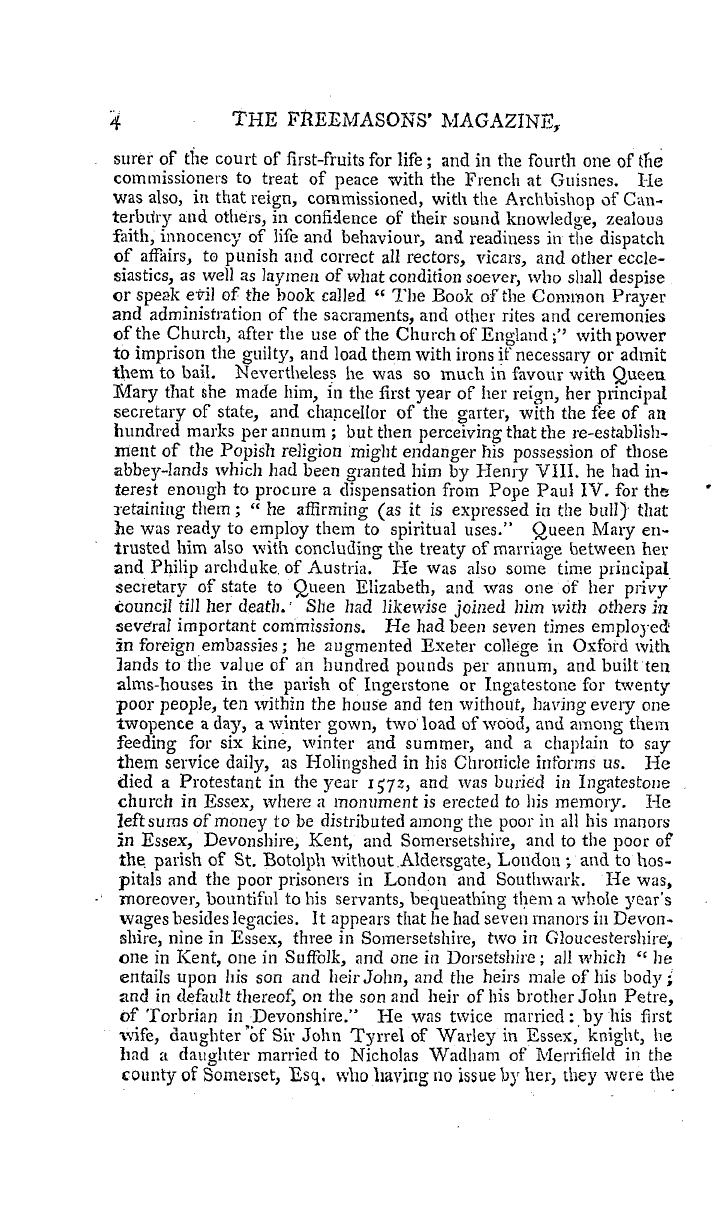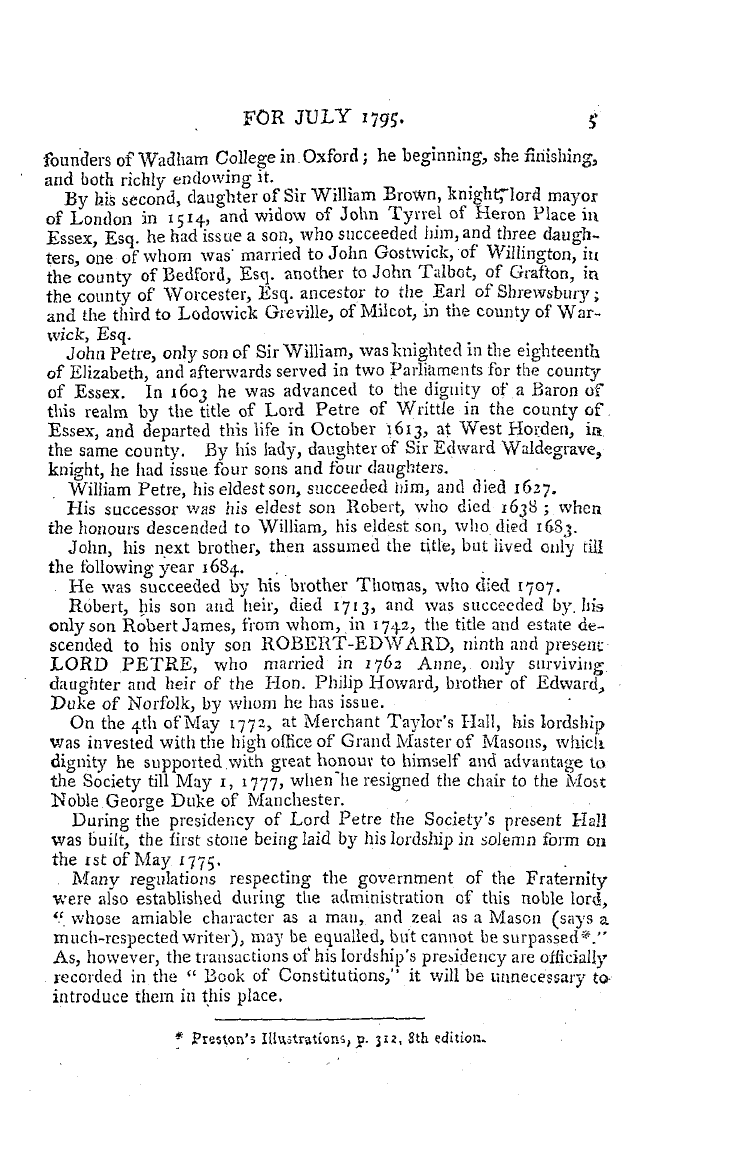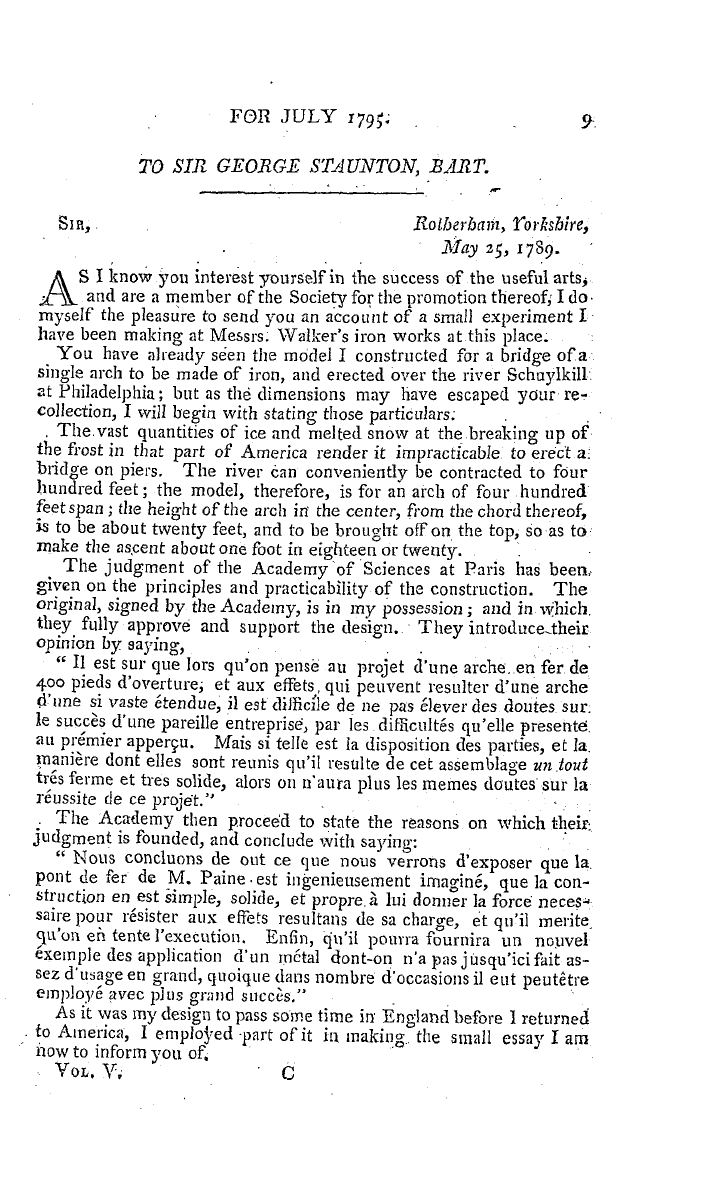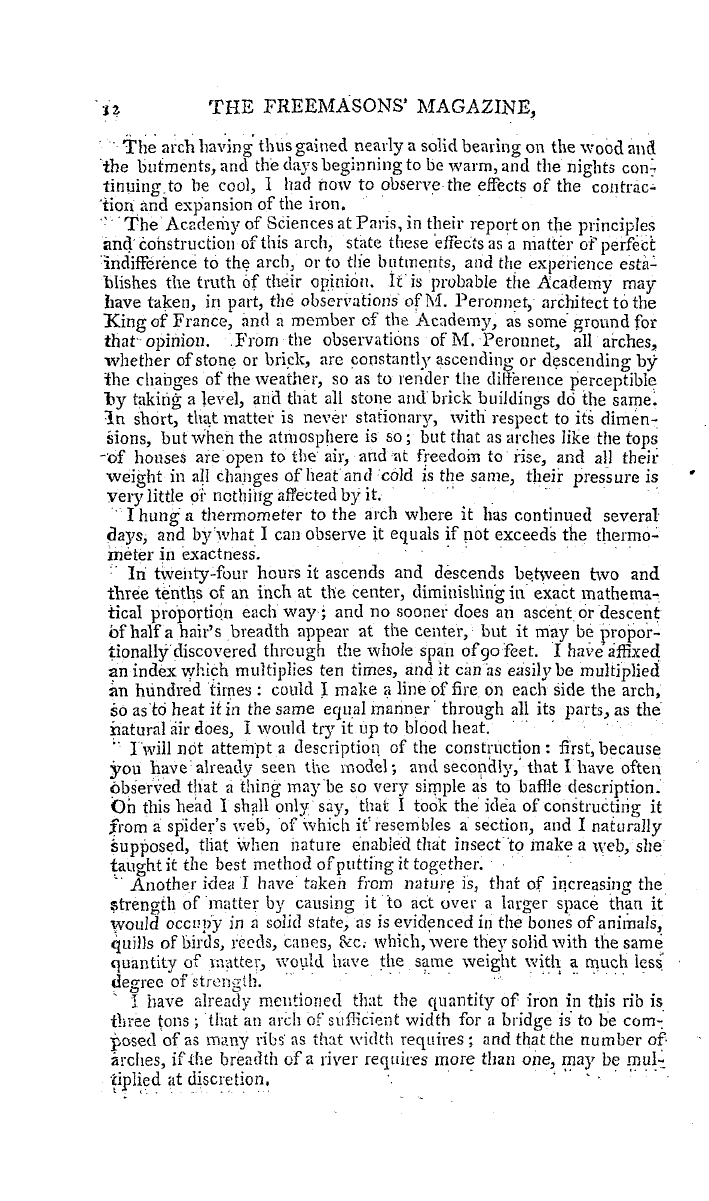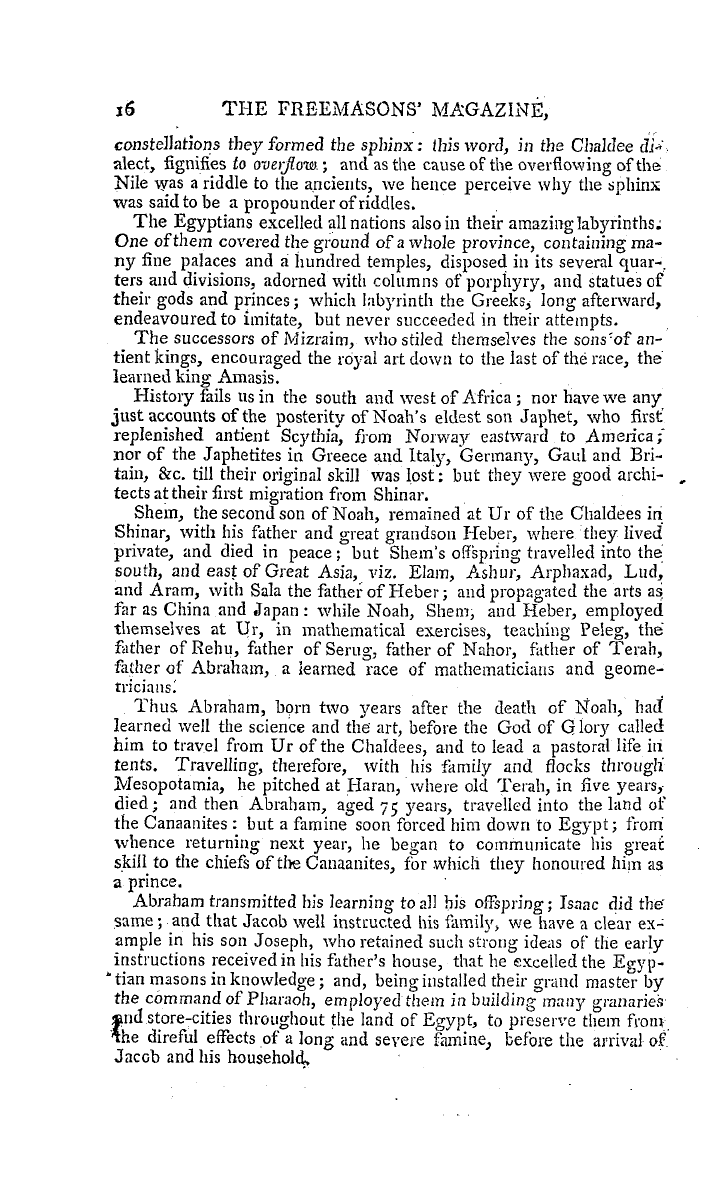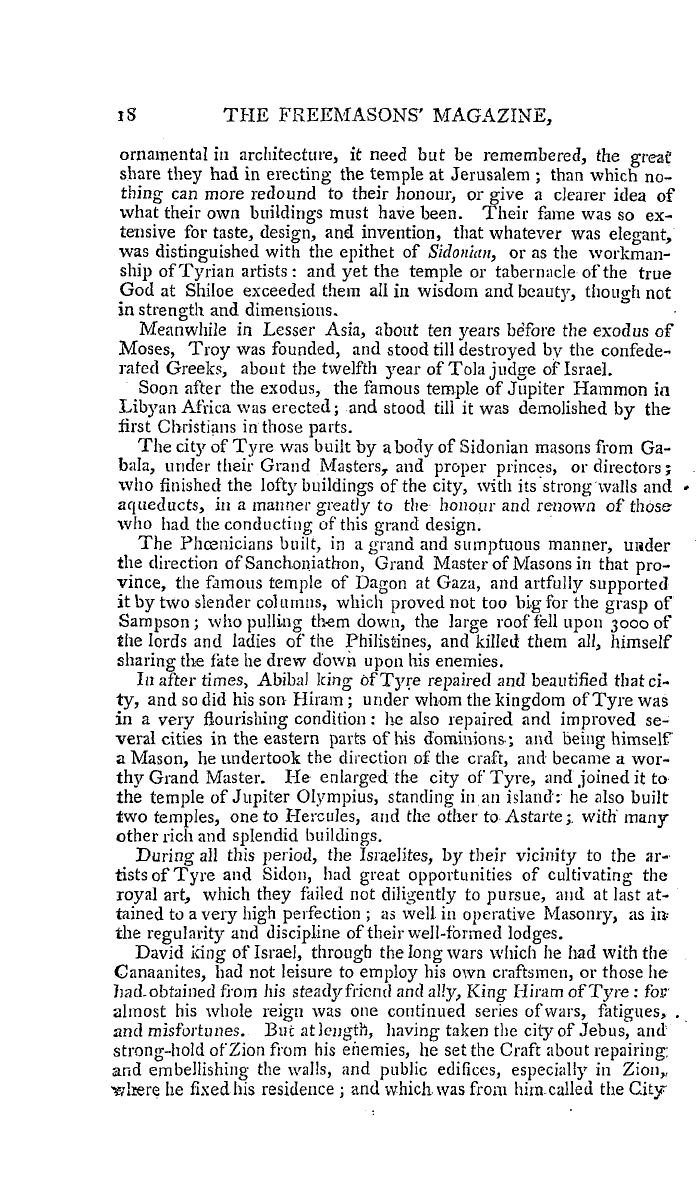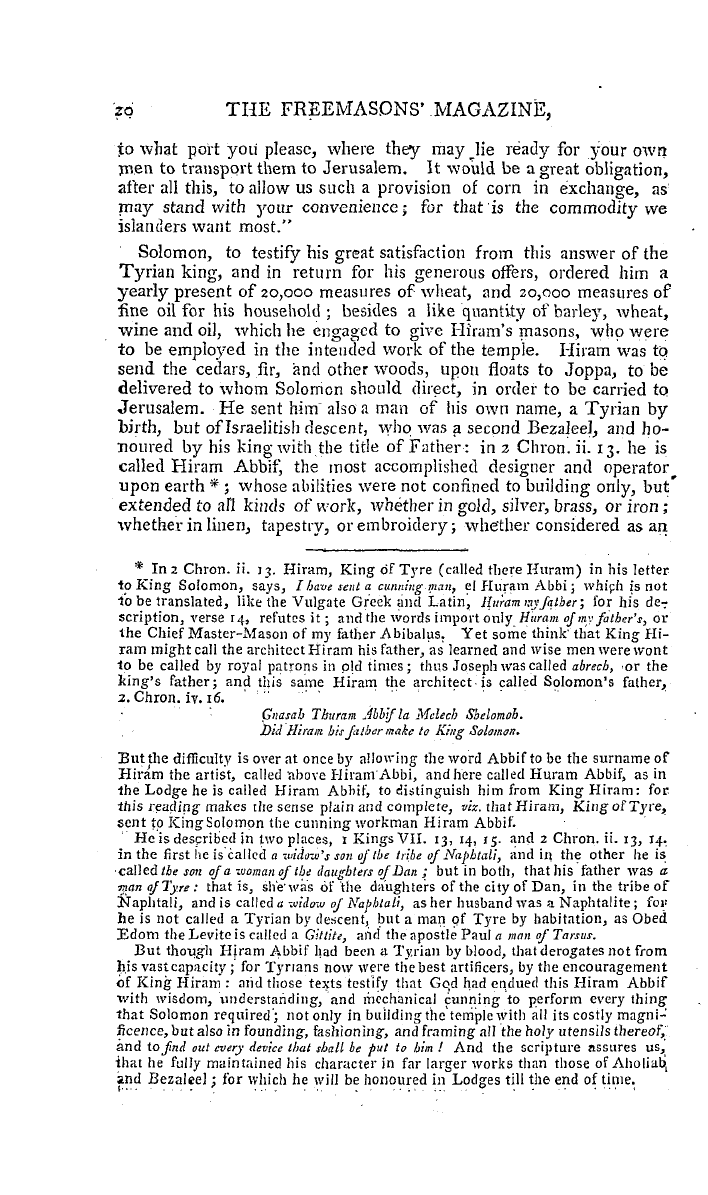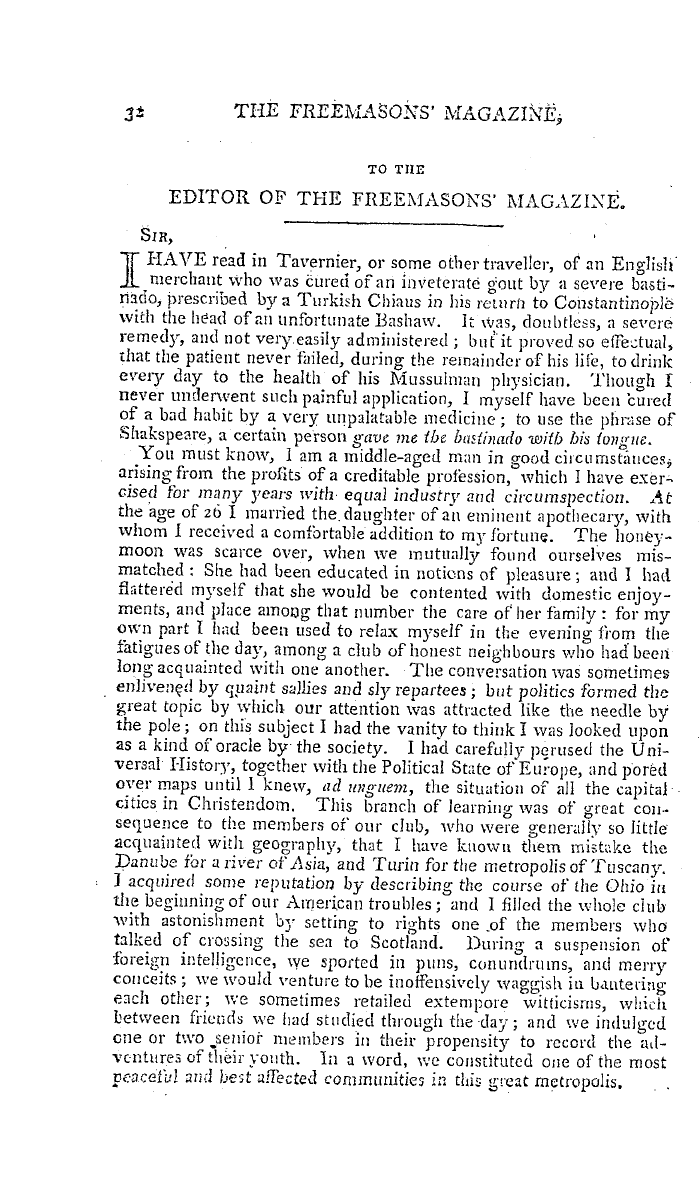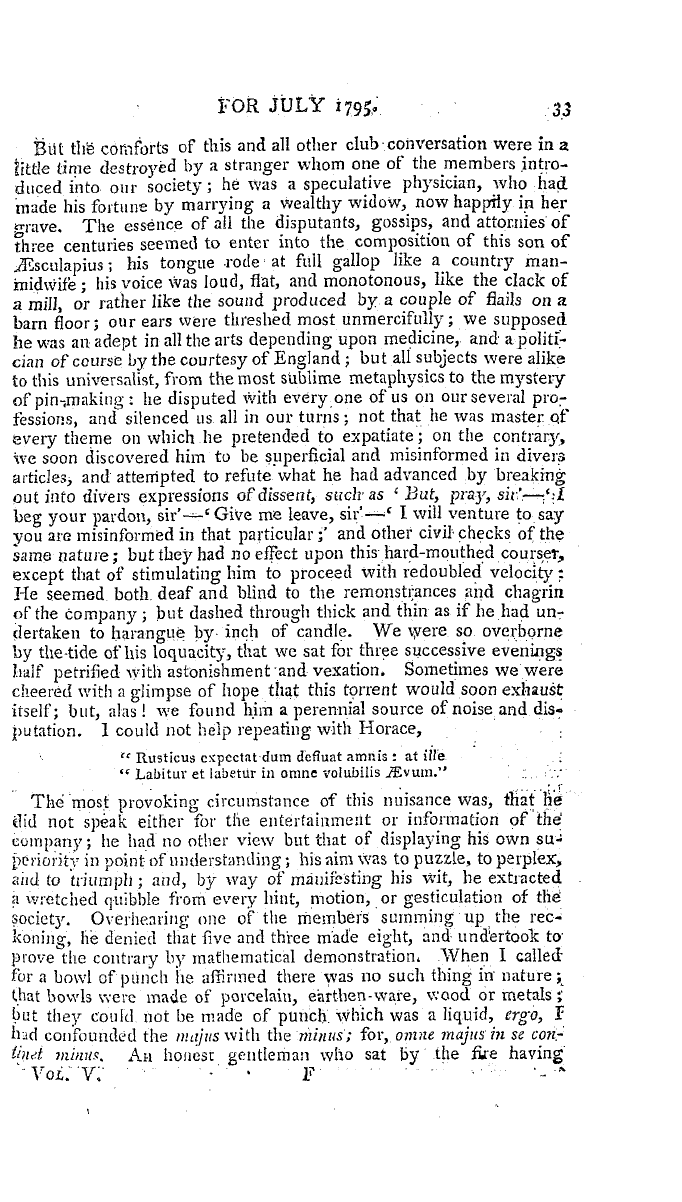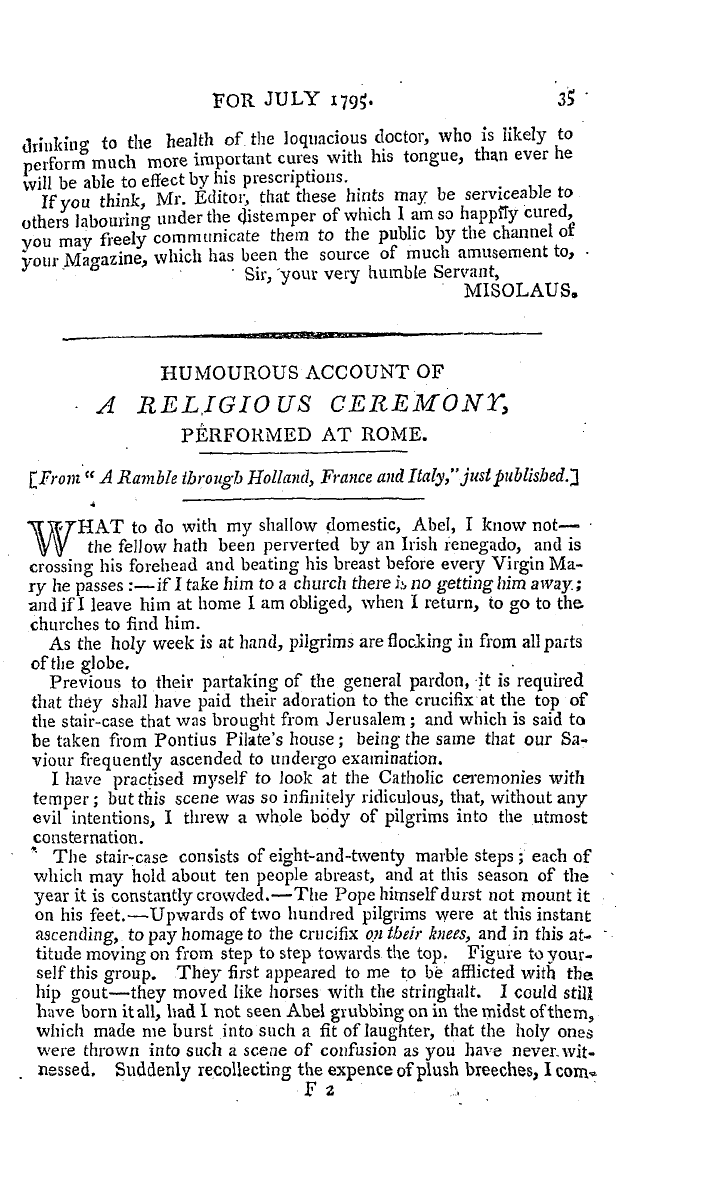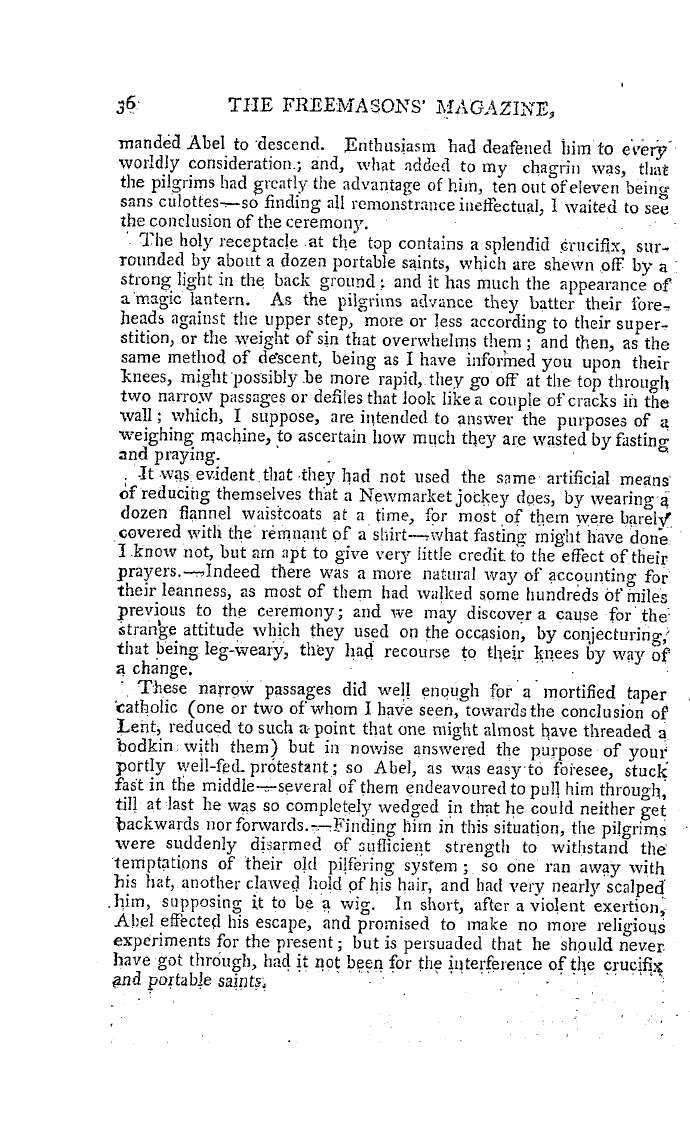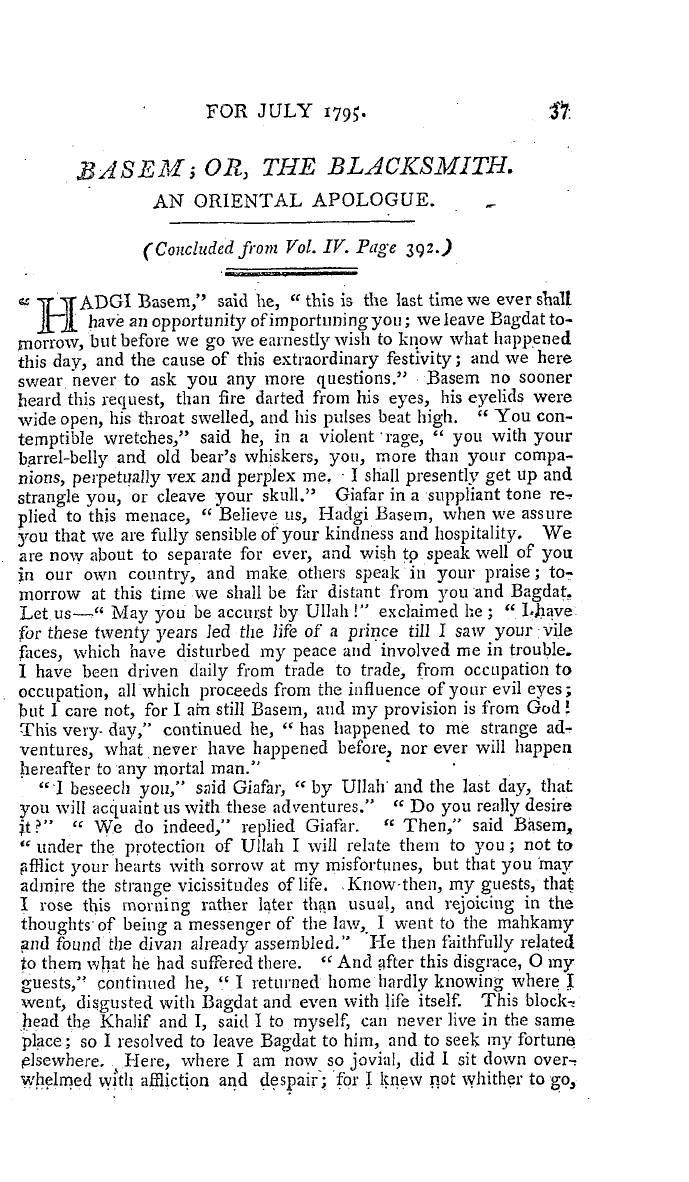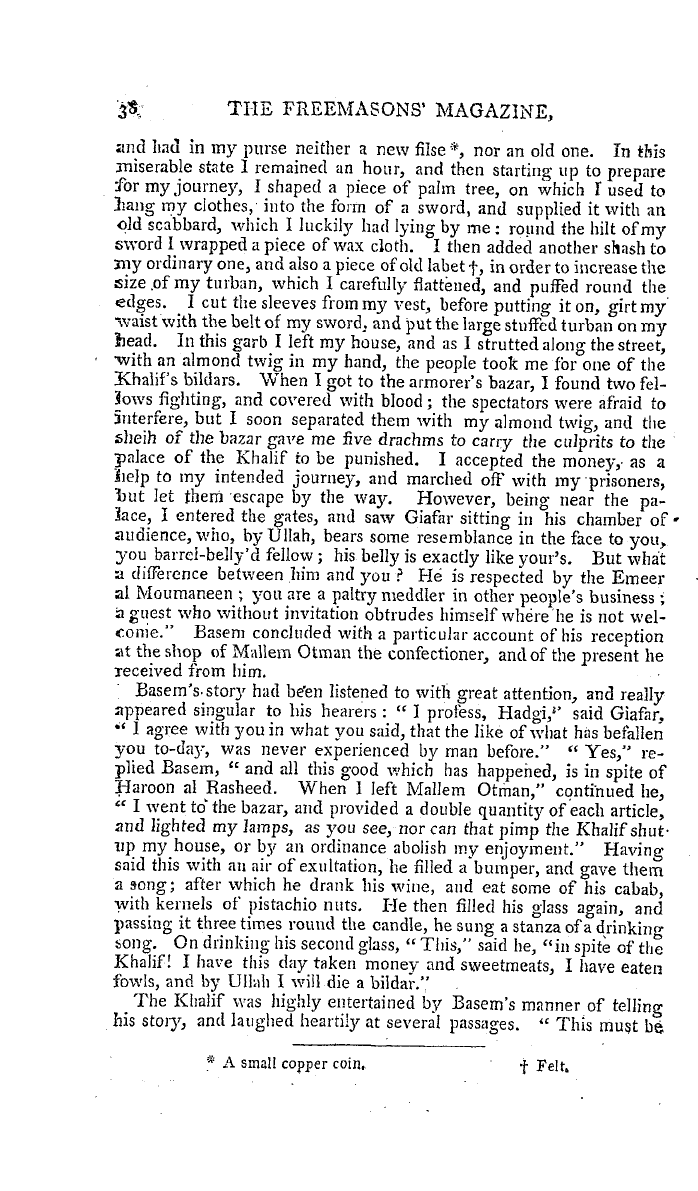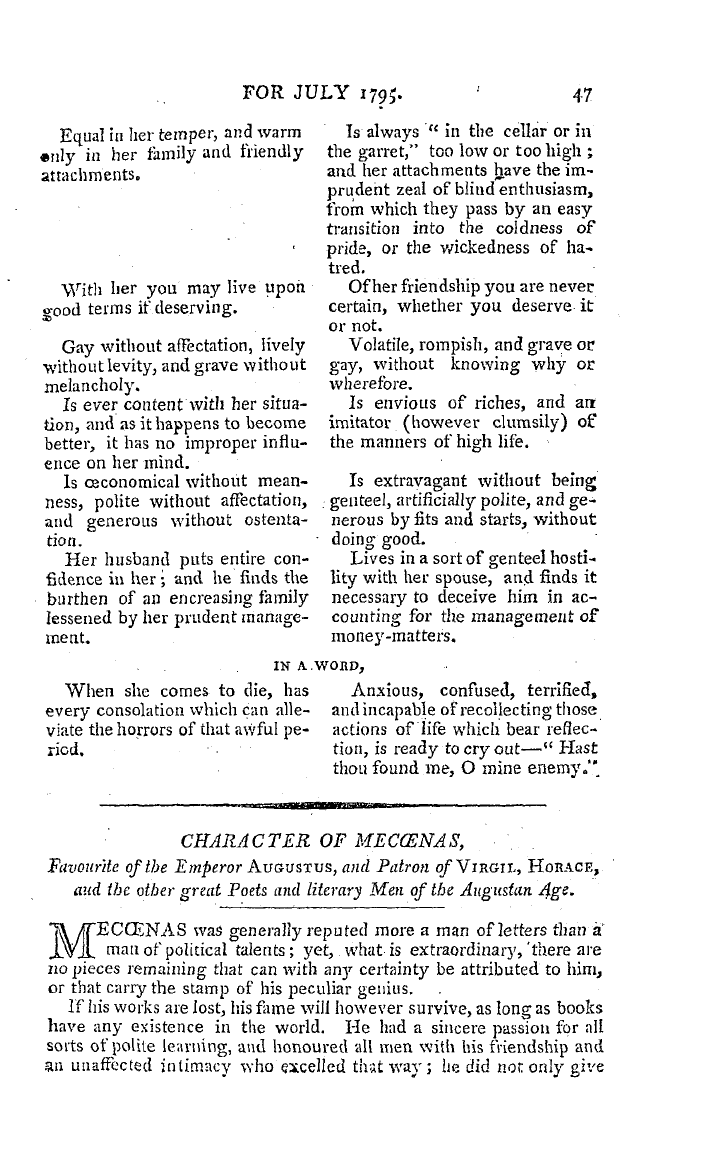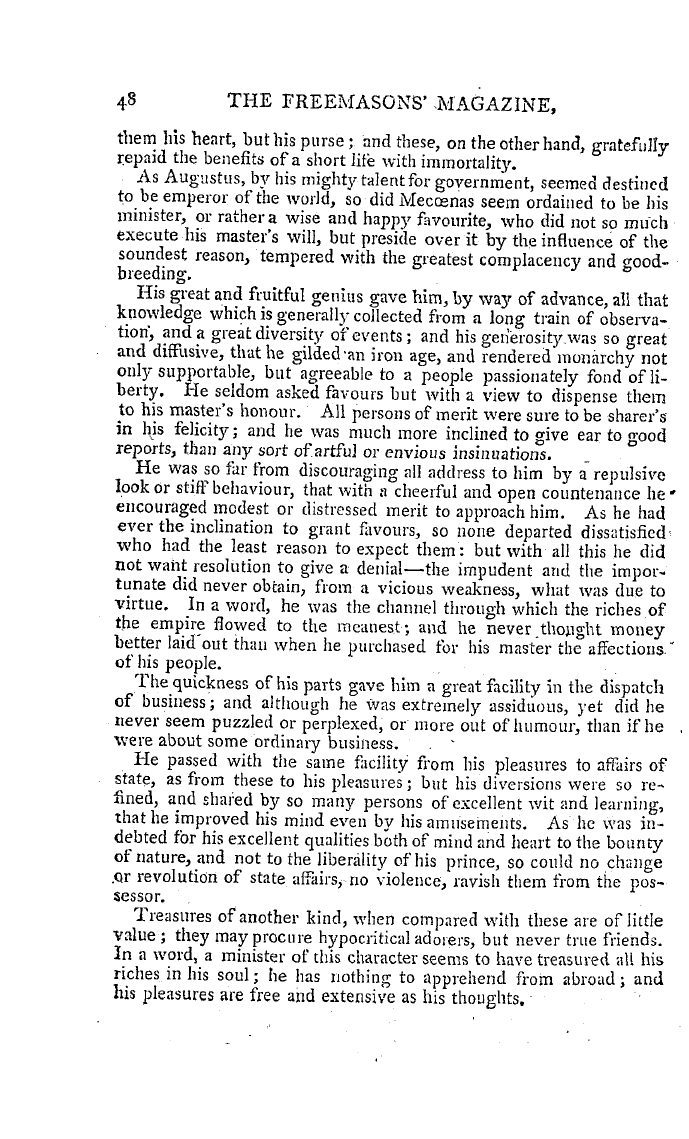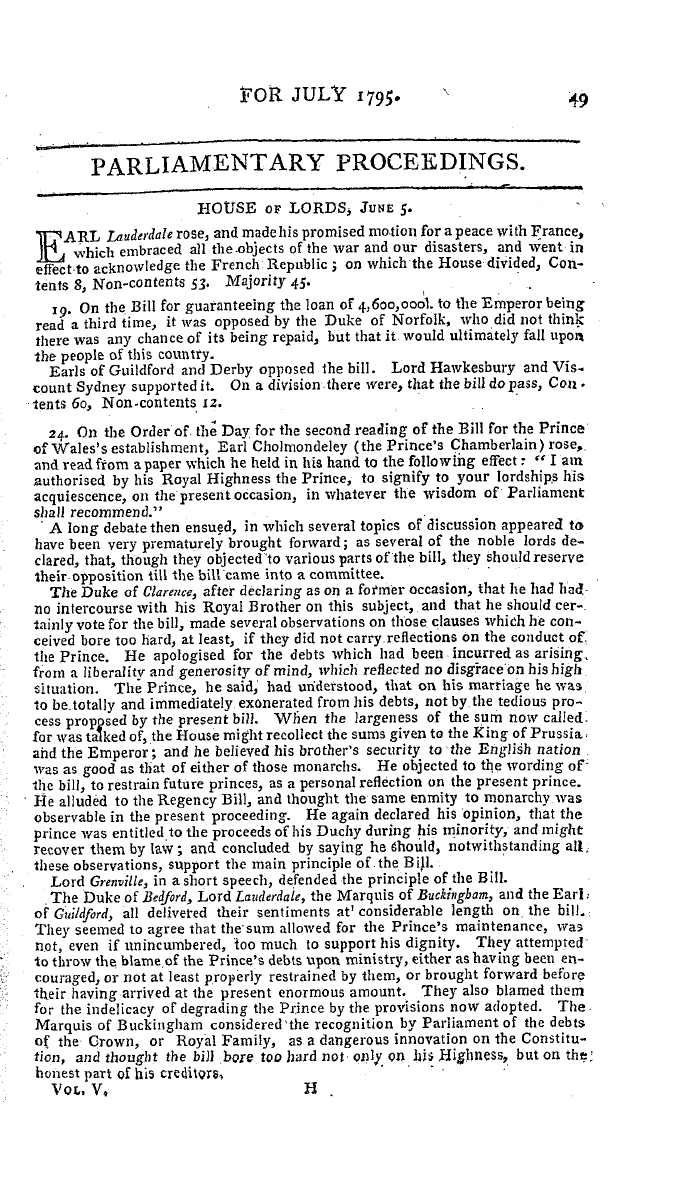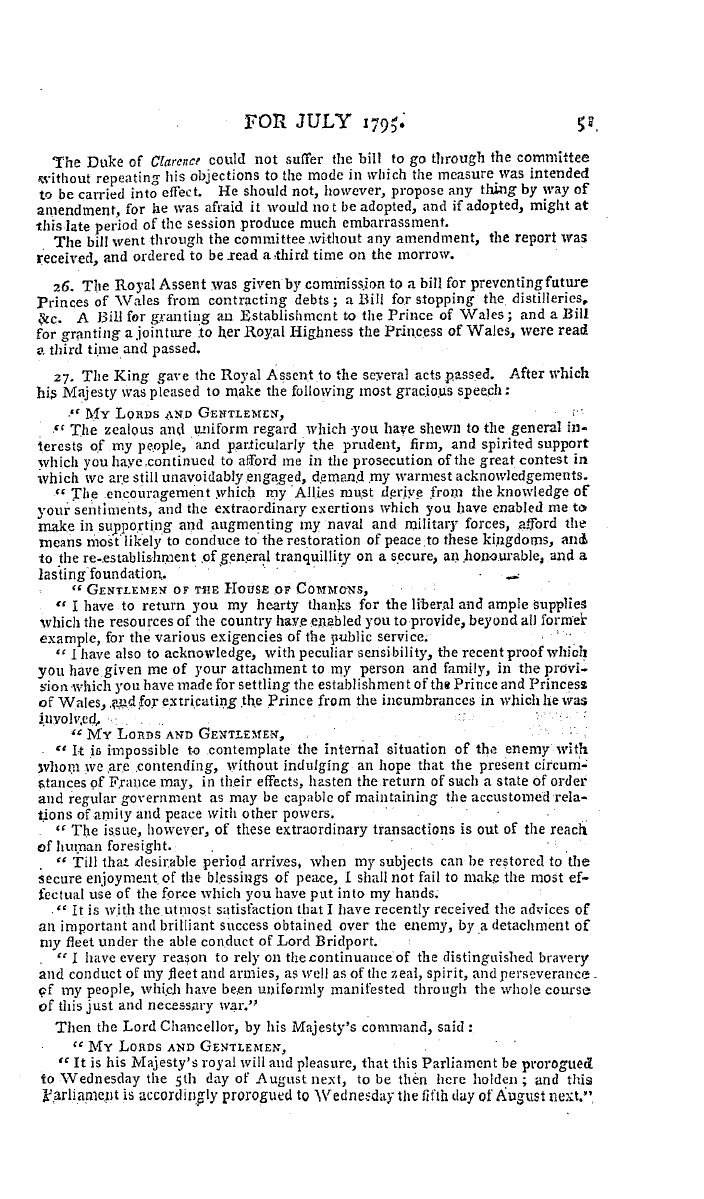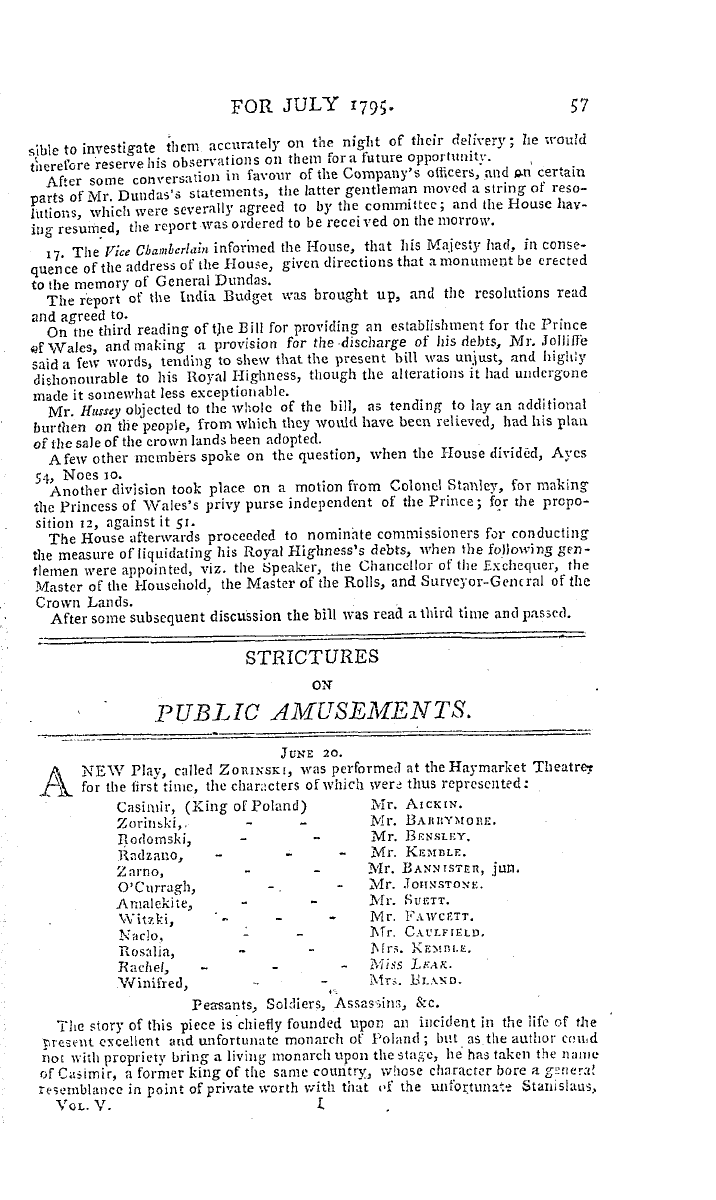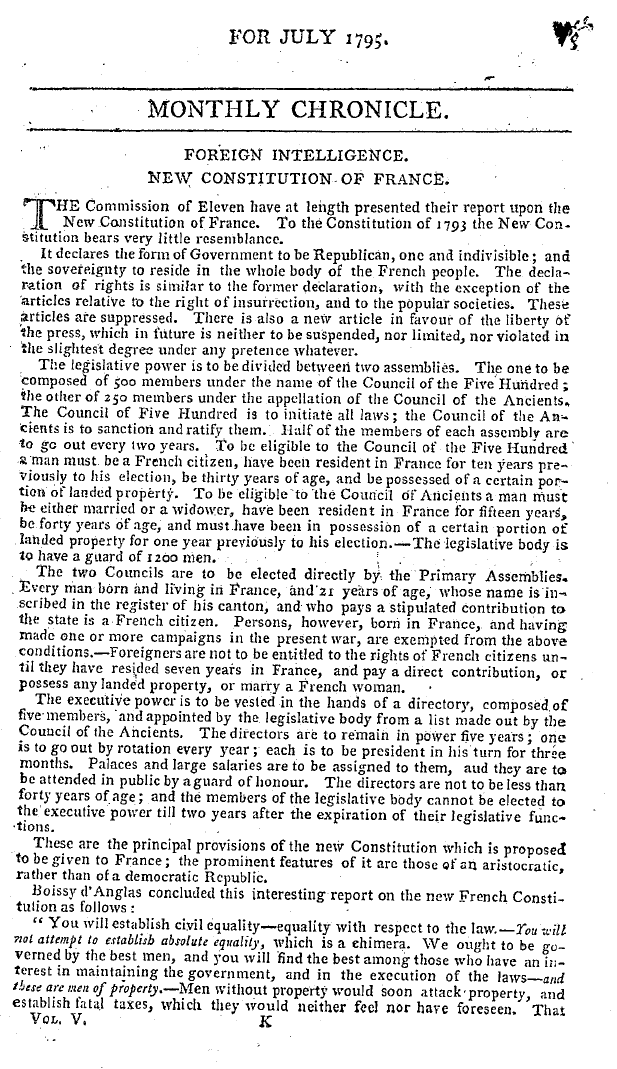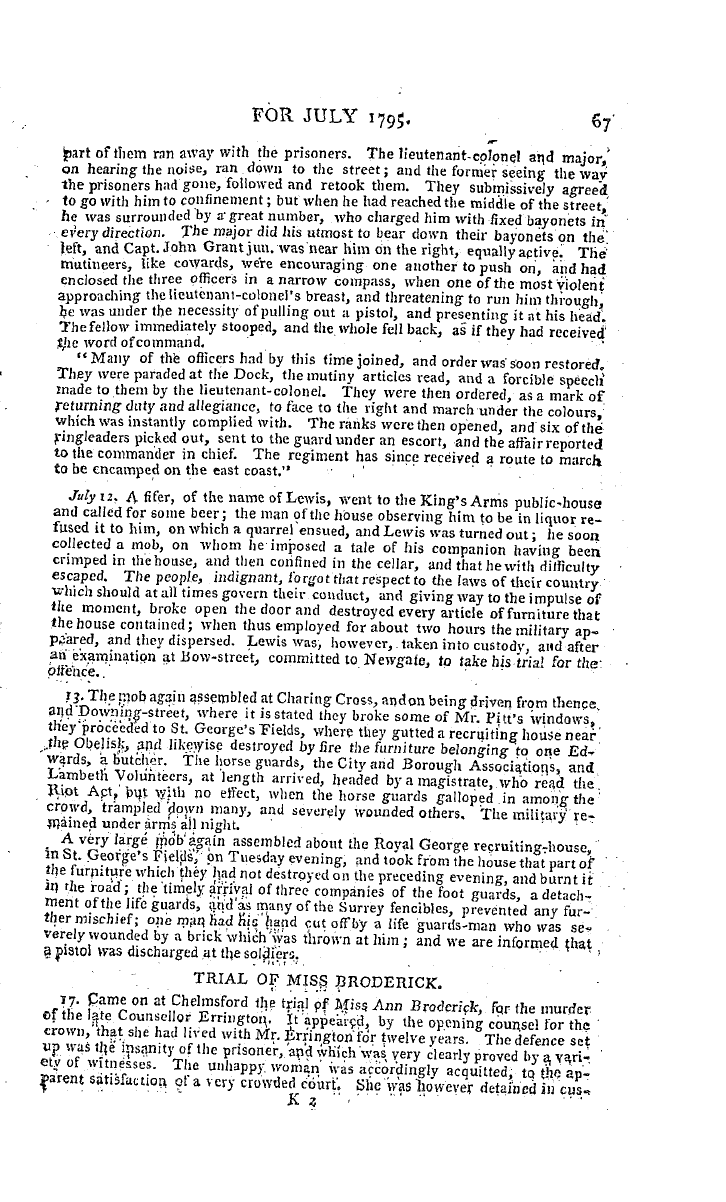-
Articles/Ads
Article HISTORY OF MASONRY. ← Page 2 of 10 →
Note: This text has been automatically extracted via Optical Character Recognition (OCR) software.
History Of Masonry.
the best security that could be conceived for durability . They are described by various writers and travellers ; and the following particulars respecting them will certainly prove interesting to a Masonic reader . " The principal pyramids are situated on the western bank of the of the ancient of hisand
Nile , in the neig hbourhood city Memp ; of these there are four which claim particular notice . They stand in a diagonal line , about 400 paces distant from each other ; and their sides correspond exactly with the four cardinal points of the compass . They are founded on a rock which is covered with sand ; and among the various measurements given of the largest pyramid , it may , in 80
round numbers , be esteemed 700 feet square at the base , and 4 feet in perpendicular heig ht . The summit of this pyramid from below , seems to be a point ; but as travellers may ascend , _ by the stones forming steps on the outside , all the way up , the top is found to bea platform composed of large stones ; and the sides of the square to he r 6 or iS feetOinions differ as to the quarries where the stones
. p for these huge piles were procured ; but while some are so extravagant as to suppose them to have been brought from Arabia or Ethiopia , Captain Norden , who examined them about forty years since , declares that the stones were cut out of the rocks along the Nile , where the excavations are ' still visible . The second of these pyramids is exactllike the firstexcepting that it is so smoothly covered
y , with granite that it is impossible to ascend it . The third pyramid is not so hig h as the two former by 100 feet ; and the fourth is as much inferior in size to the third . These four are surrounded by a number , all of a much smaller size , and several of them ruin ' ous .
Of the four large pyramids , the first mentioned only has been opened ; the entrance is on the north side , and leads to five different passages successively , of which some ascend , some descend , and some run level , being only three feet and a half square . These passages are entered by torch " li ght , and lead to different chambers in the body of the pyramid ; the last of them terminates in an upper chamof in the
ber , in which is an empty coffin or sarcophagus granite , form of a parallelopipedon , entirely p lain and destitute of all decoration . In the description of this proud mausoleum , we have a pregnant illustration of the fable of the mountain and the mouse : for the exand labour of so astonishing a building were incurred to
prepence pare a tomb for the founder , which after all he does not enjoy . A mountain of stone was raised to contain a coffin ; and that coffin contains nothing ! The genius of the Egyptians for hieroglyp hical representations appears from the enormous figure of the sphinx just mentioned above ; which stands about 300 to the east of the second pyramid . This
paces exhibits the body of a lion with a virgin ' s head , cut out of the solid rock , though the body is now overwhelmed by the sand . This figure is understood to indicate the season for the annual rising of the waters in the Nile , when the sun enters Leo and Virgo ; from which two
Note: This text has been automatically extracted via Optical Character Recognition (OCR) software.
History Of Masonry.
the best security that could be conceived for durability . They are described by various writers and travellers ; and the following particulars respecting them will certainly prove interesting to a Masonic reader . " The principal pyramids are situated on the western bank of the of the ancient of hisand
Nile , in the neig hbourhood city Memp ; of these there are four which claim particular notice . They stand in a diagonal line , about 400 paces distant from each other ; and their sides correspond exactly with the four cardinal points of the compass . They are founded on a rock which is covered with sand ; and among the various measurements given of the largest pyramid , it may , in 80
round numbers , be esteemed 700 feet square at the base , and 4 feet in perpendicular heig ht . The summit of this pyramid from below , seems to be a point ; but as travellers may ascend , _ by the stones forming steps on the outside , all the way up , the top is found to bea platform composed of large stones ; and the sides of the square to he r 6 or iS feetOinions differ as to the quarries where the stones
. p for these huge piles were procured ; but while some are so extravagant as to suppose them to have been brought from Arabia or Ethiopia , Captain Norden , who examined them about forty years since , declares that the stones were cut out of the rocks along the Nile , where the excavations are ' still visible . The second of these pyramids is exactllike the firstexcepting that it is so smoothly covered
y , with granite that it is impossible to ascend it . The third pyramid is not so hig h as the two former by 100 feet ; and the fourth is as much inferior in size to the third . These four are surrounded by a number , all of a much smaller size , and several of them ruin ' ous .
Of the four large pyramids , the first mentioned only has been opened ; the entrance is on the north side , and leads to five different passages successively , of which some ascend , some descend , and some run level , being only three feet and a half square . These passages are entered by torch " li ght , and lead to different chambers in the body of the pyramid ; the last of them terminates in an upper chamof in the
ber , in which is an empty coffin or sarcophagus granite , form of a parallelopipedon , entirely p lain and destitute of all decoration . In the description of this proud mausoleum , we have a pregnant illustration of the fable of the mountain and the mouse : for the exand labour of so astonishing a building were incurred to
prepence pare a tomb for the founder , which after all he does not enjoy . A mountain of stone was raised to contain a coffin ; and that coffin contains nothing ! The genius of the Egyptians for hieroglyp hical representations appears from the enormous figure of the sphinx just mentioned above ; which stands about 300 to the east of the second pyramid . This
paces exhibits the body of a lion with a virgin ' s head , cut out of the solid rock , though the body is now overwhelmed by the sand . This figure is understood to indicate the season for the annual rising of the waters in the Nile , when the sun enters Leo and Virgo ; from which two








